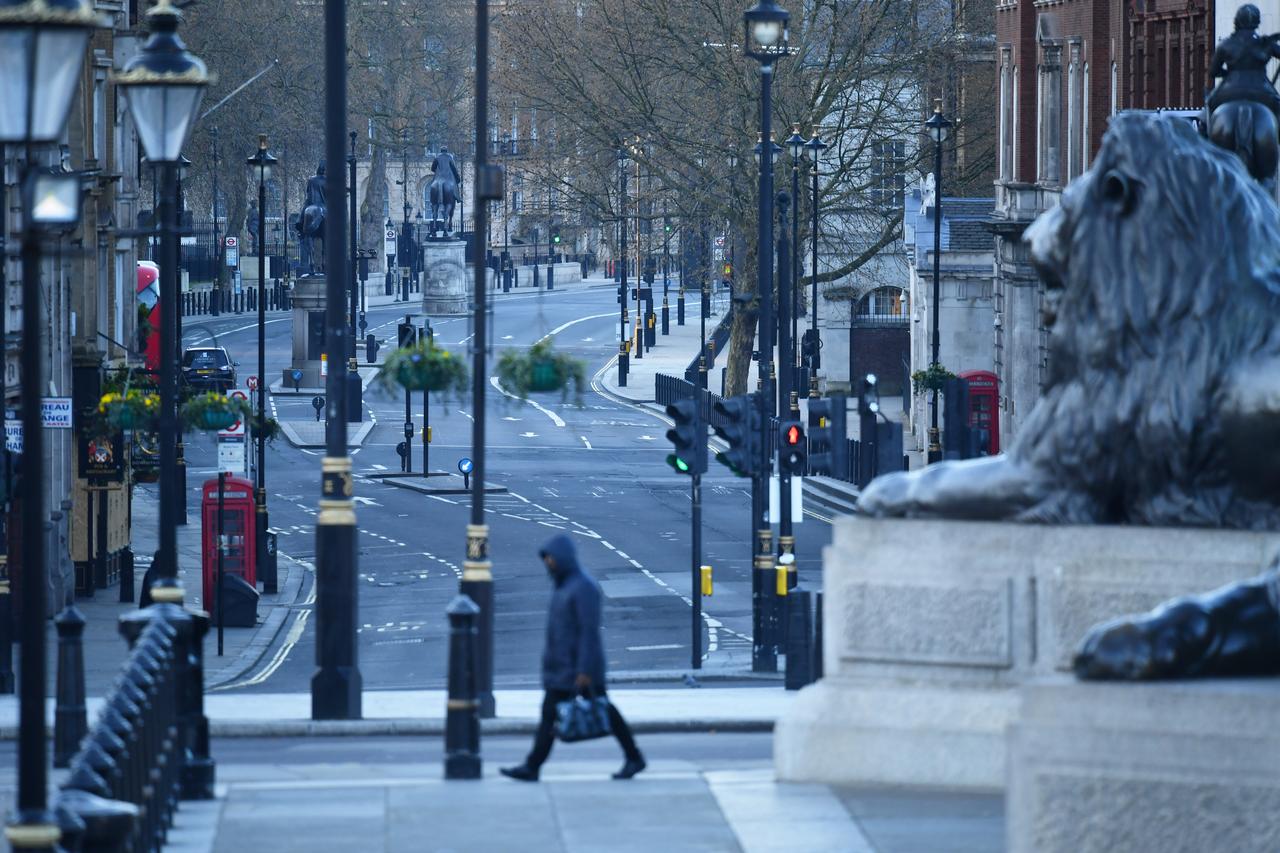UK cabinet discuss lifting all restrictions by June 13
With new cases of COVID-19 now flattening, transmission rates (R) are at 1 or below in the UK. This could be the moment to begin loosening suppression measures. But the question is when to start.
The UK cabinet is split on the decision, reports the FT.
The split centres on how low the reproduction rate of the virus — known as its R number — should be before the lockdown starts to be unwound. Government officials confirm that Mr Gove and Mr Sunak believe that if the R number is sustainably below 1 — where the number of new infections is no longer rising — then restrictions can begin to be lifted.
The Sunday Times, which first reported the tensions, quoted Mr Gove as telling colleagues that “we need to run this hot”, so that new virus cases — and deaths — would continue but within the capacity of the NHS to cope.
But Mr Hancock wants the R number close to zero before beginning to reopen the economy, arguing that Britain cannot afford another damaging peak.
The government’s current lack of testing capacity is a key issue. Although Mr Gove said on Sunday that the government was “on course to be able to test 100,000 a day by the end of the month” it currently has capacity for only 38,000.
Testing and tracing of contacts are a key part of any exit strategy.
One government adviser said Mr Johnson had a huge decision to make. “Do you take it to zero or do you start to end the lockdown? It’s the biggest policy issue facing the country.”
When it does come time to remove restrictions. a paper by UCL could point the way. It suggests a traffic light system to stagger the lifting of restrictions.:
Red (slight easing of restrictions but with strict caution while risk is still high), Amber (conditions improve but we still need to be careful) and Green (when medical experts give the all clear). The authors suggest lockdown could be eased from early May, with the final stages in June 13.
Traffic light system for a lockdown exit strategy:
Red phase (May 1)
- Deliberately called red to ensure people think before they act
- Visiting friends and family allowed, but no visits to grandparents
- More – but not all – types of shops could open and they would have to exercise strict social distancing, as most supermarkets do now.
- Travel should still be discouraged and many international flights banned.
Amber phase (May 22)
- Private car travel no longer limited
- In order to minimise pressure on public transport, and crowds, there would have to be attempts to vary the rush-hour, with different opening and closing times.
- Wearing masks and disposable gloves could be compulsory when using public transport.
- Restaurants could reopen but with strict seating demarcations, to uphold social distancing.
- Home working advised for those that can.
Green phase (June 13)
- Public fully released from lockdown if health experts allowed it
- Sporting events or mass gatherings could take place, and places of worship reopen.
- International travel could return to normal.
Posted in: Infographic of the day

